One of the most common questions tourists ask is: “Is Vietnamese food spicy?” The short answer? Not really—at least, not in the way you might expect from cuisines like Thai or Indian. Vietnamese food is known more for its balance of flavors than intense heat. But that doesn’t mean spice lovers will be disappointed.
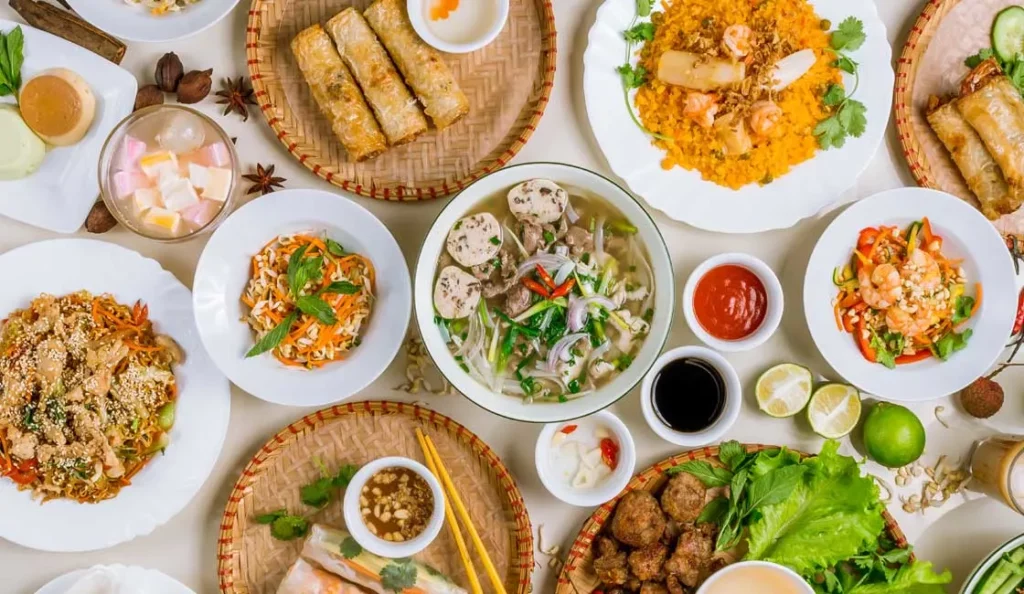
Let’s explore the spice levels in Vietnamese cuisine, so you’ll know exactly what to expect (and what to avoid!) when dining in Vietnam.
🍜 The Balance of Flavors in Vietnamese Cuisine
Vietnamese cooking is all about harmony—balancing sweet, salty, sour, bitter, and umami. While chili is used, it’s not usually the main flavor. Instead, you’ll find dishes enhanced with:
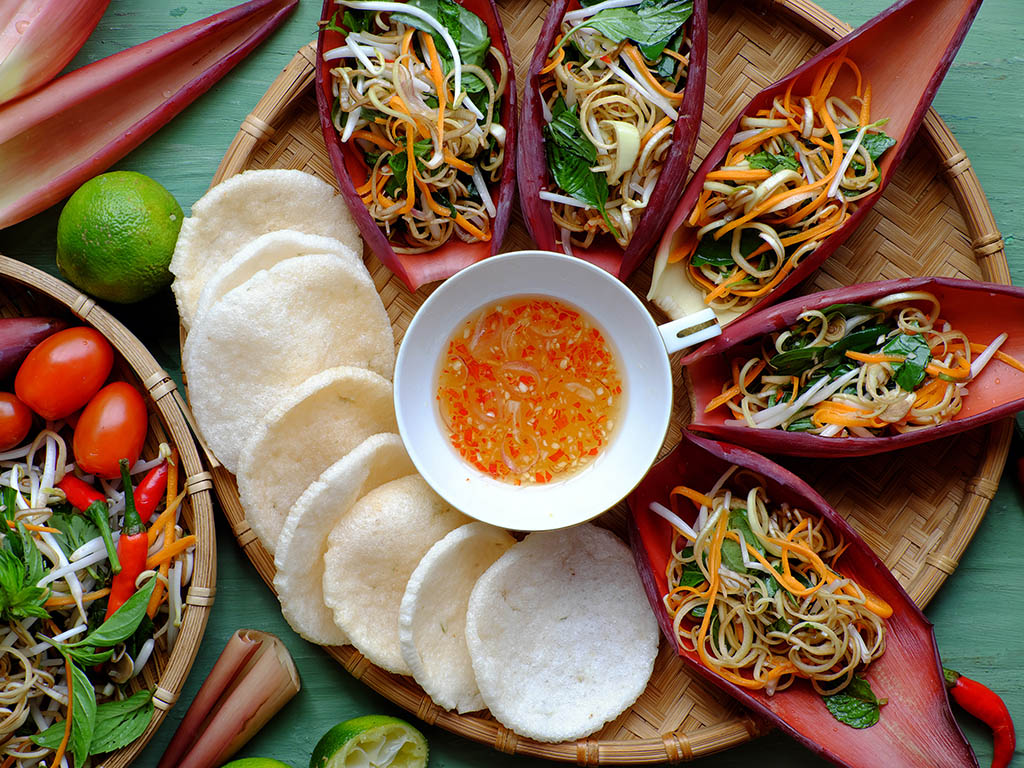
-
Fresh herbs like mint, coriander, and Thai basil
-
Lime juice for acidity
-
Fish sauce (nước mắm) for saltiness
-
Garlic and shallots for aroma
-
And yes, chili—but often on the side
So unlike Thai food, where the heat is built into the dish, in Vietnamese food, spiciness is usually optional.
Read more:
🌶️ Common spicy vietnamese food
If you’re a fan of heat, here are a few spicy vietnamese food worth trying:
-
Bún bò Huế: A spicy beef noodle soup from central Vietnam with chili oil and lemongrass
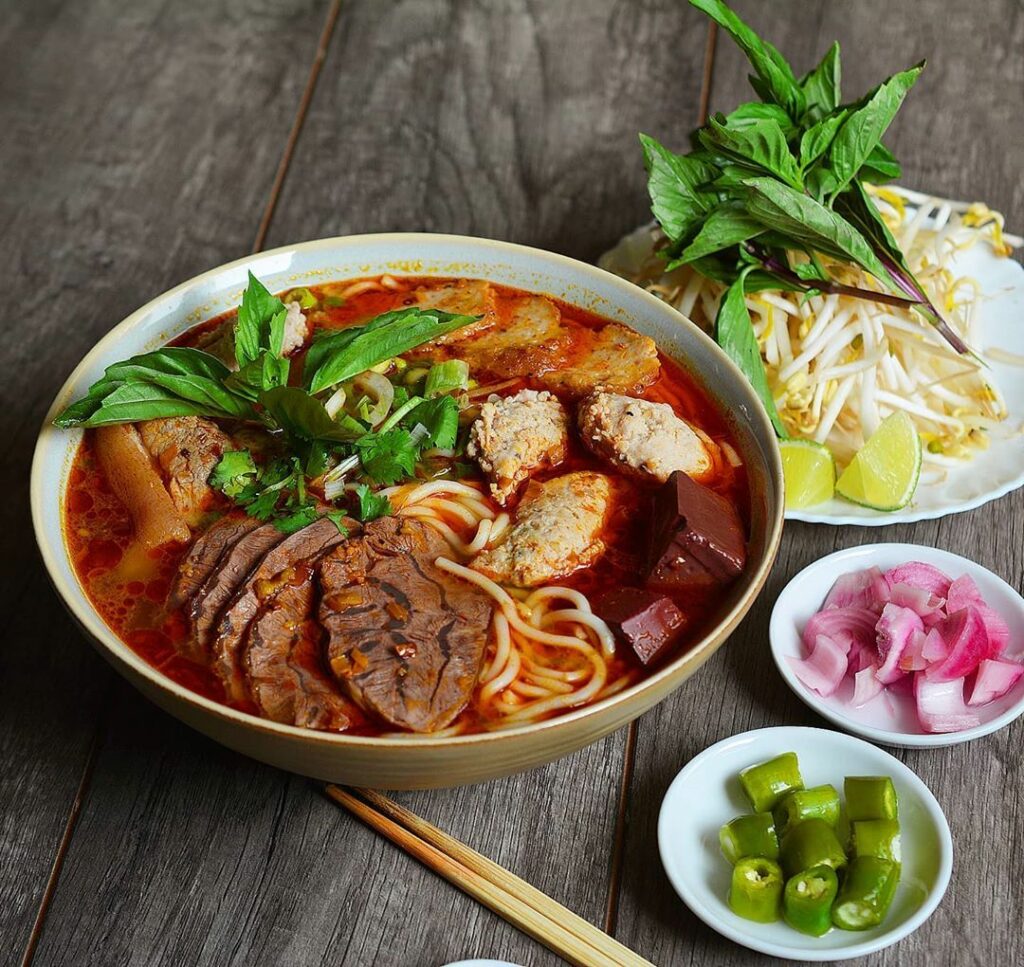
-
Gà xào sả ớt: Chicken stir-fried with lemongrass and chili
-
Ốc luộc with spicy dipping sauce: Steamed snails served with a chili-garlic-lime dip
-
Nem chua: Fermented pork with a hint of chili
These dishes tend to be spicier, especially in Central Vietnam, where people generally enjoy hotter food.
❄️ Mild and Non-Spicy Options
If you’re not into spice, don’t worry. Many popular dishes are naturally mild and suitable for sensitive stomachs:
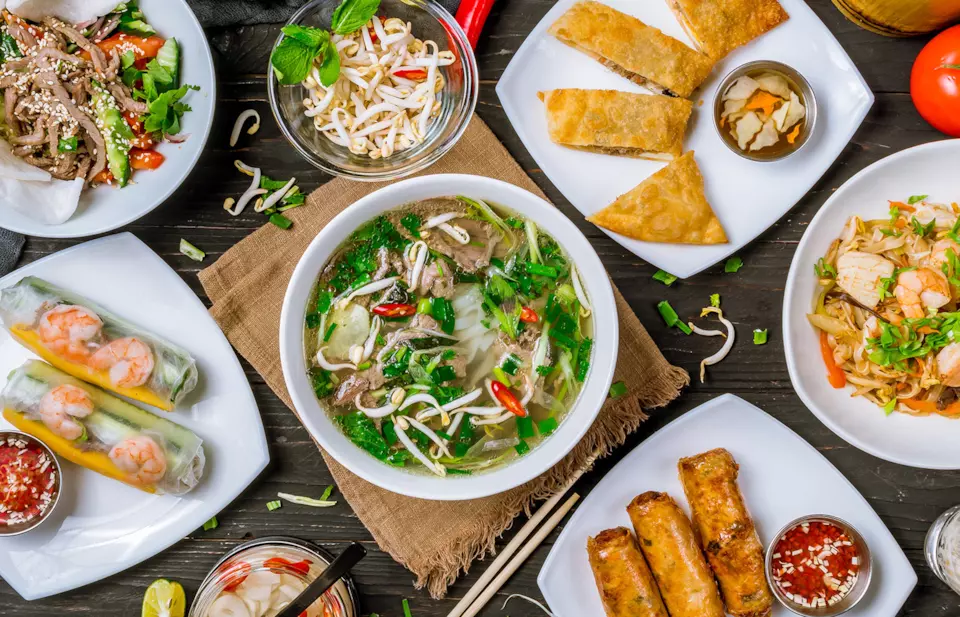
-
Phở (beef or chicken noodle soup): Mild, aromatic broth
-
Bánh mì: Spicy if you add chili sauce—otherwise, it’s not
-
Gỏi cuốn (fresh spring rolls): Often dipped in peanut or hoisin sauce, not spicy
-
Cơm tấm (broken rice with grilled pork): Grilled, sweet-savory, not spicy
-
Bánh xèo: Crispy pancake with shrimp and pork, typically served with sweet fish sauce
Most restaurants and street vendors will provide fresh chili slices, chili sauce (tương ớt), or chili oil on the side—so you control the spice level.
🗺️ Regional Differences in Spice
Spice tolerance varies by region in Vietnam:
-
Northern Vietnam (e.g. Hanoi): Milder flavors, minimal use of chili
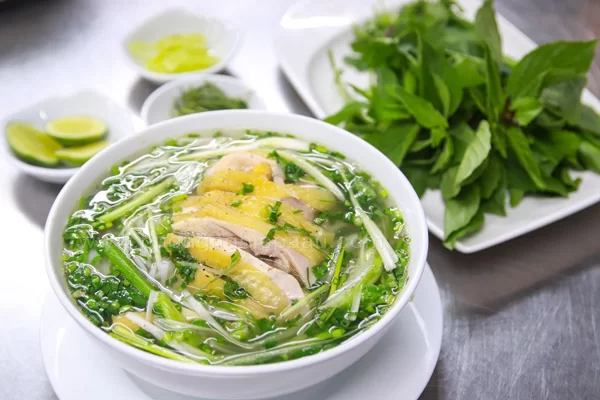
-
Central Vietnam (e.g. Hue): Spiciest region; dishes like bún bò Huế are known for their heat
-
Southern Vietnam (e.g. Ho Chi Minh City): Balanced flavors with occasional sweet-spicy combinations
If you’re traveling through the country, you’ll notice how spice levels shift from north to south.
🔥 Spice Tips for Travelers
-
Always taste the dish first before adding chili
-
Ask for “không cay” (no spice) or “ít cay” (less spice) when ordering
-
Try the sauces on the side—they often hold the most heat
-
If you have a sensitive stomach, avoid dishes with satế (spicy chili oil paste)
✅ Final Thoughts
So, is Vietnamese food spicy? In general, Vietnamese cuisine is not spicy by default. It’s adaptable, customizable, and focuses on fresh, clean, balanced flavors. If you love spice, there are dishes for you. If not, you’ll still enjoy plenty of delicious, non-spicy meals.
Whether you’re a spice lover or spice-shy traveler, Vietnamese food has something for every taste.



